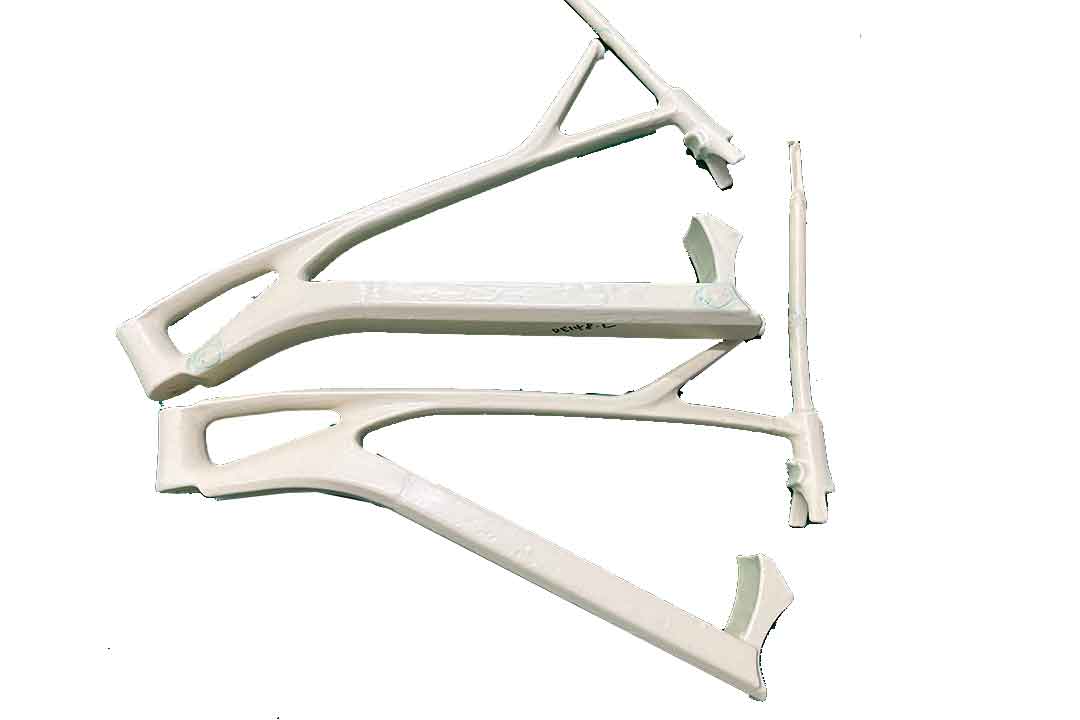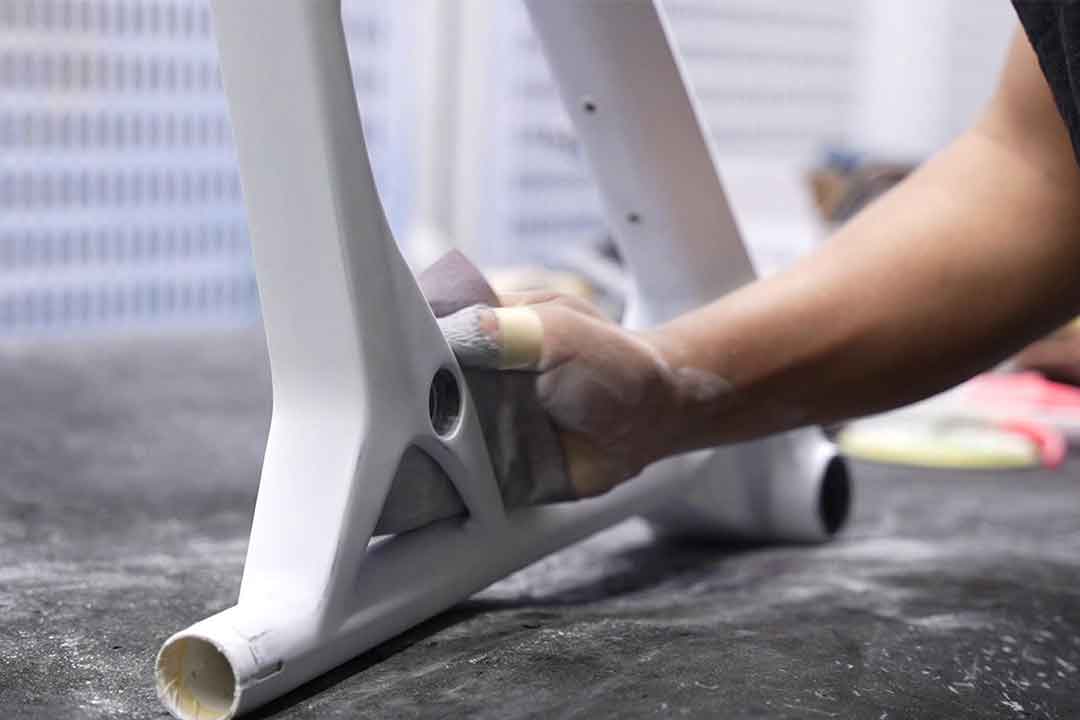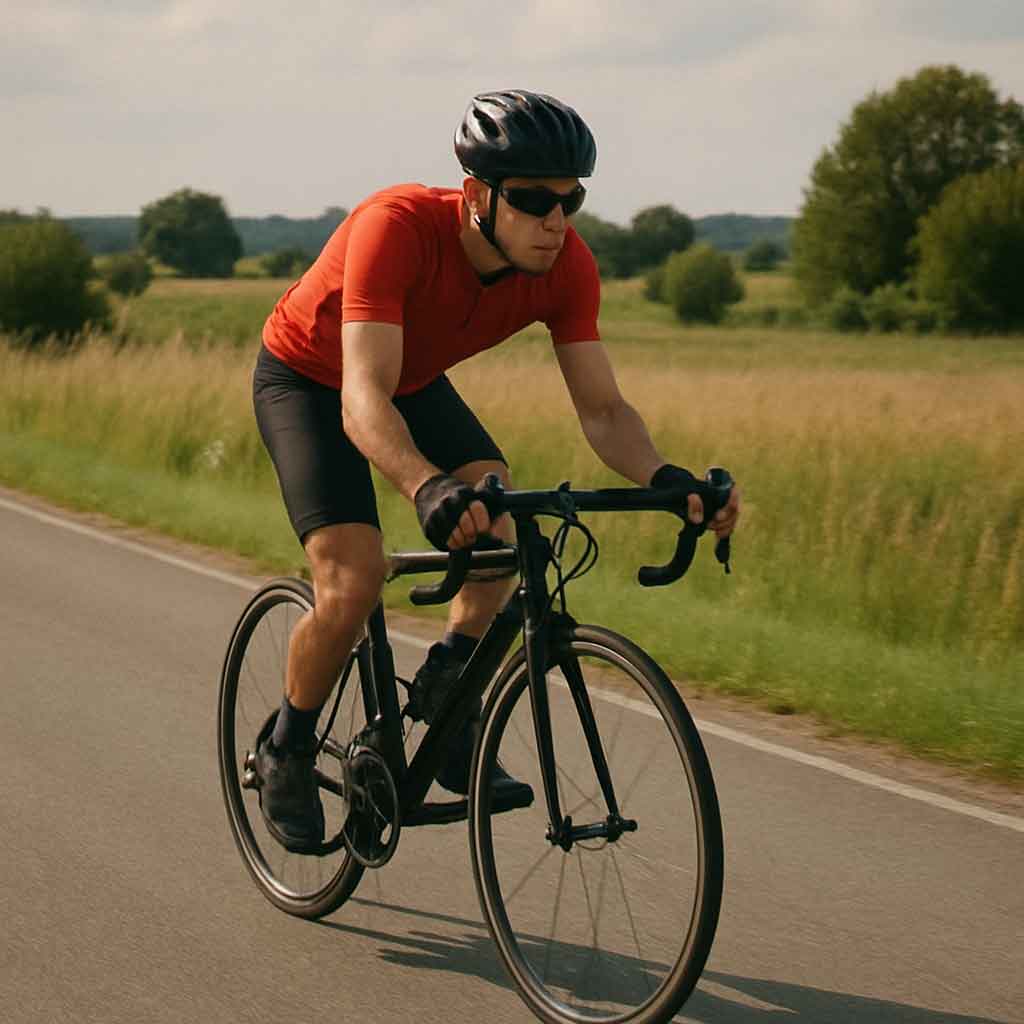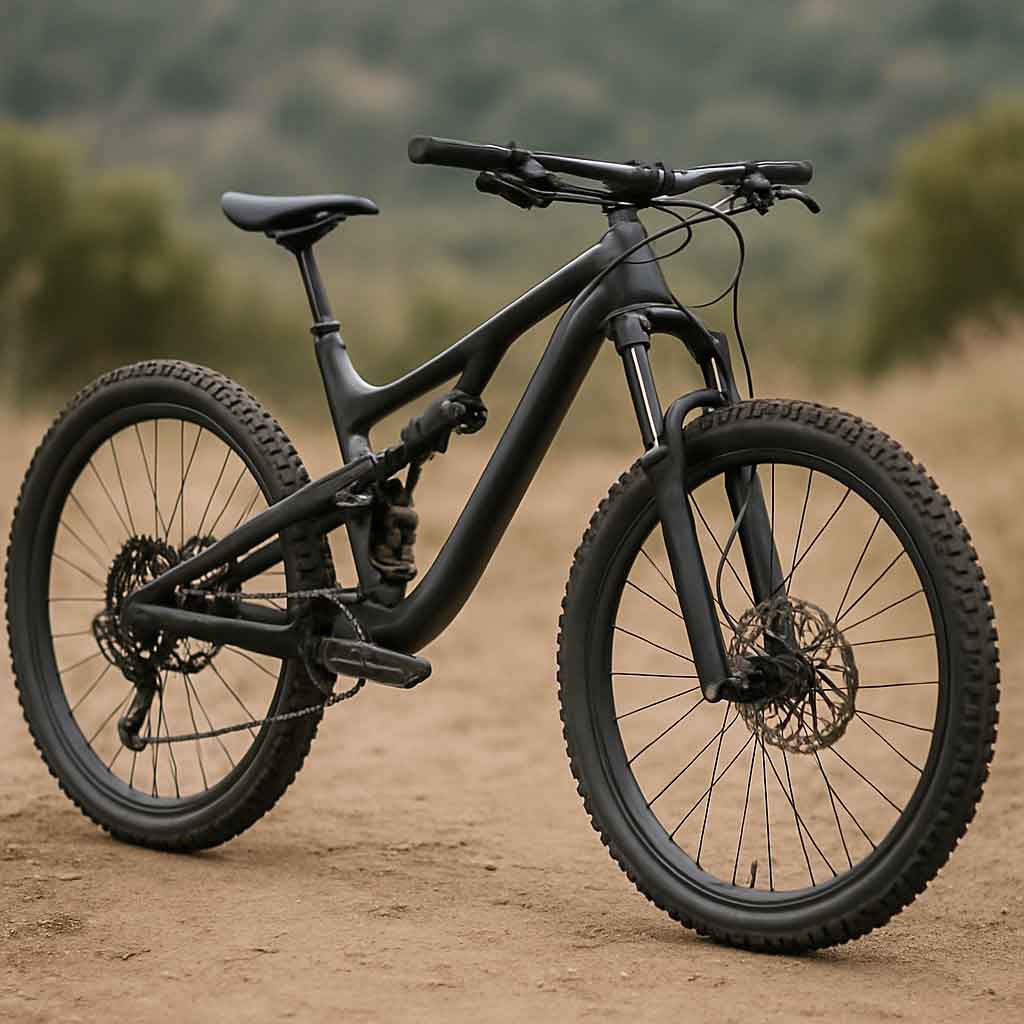Welcome to Mondince Bike - A well-known factory specialized in produce carbon bike frame and other parts since 2007.
Beginner Tips for Women Road Biking
Embarking on a road biking journey can be both exhilarating and intimidating, especially for women who are new to the sport. With the right guidance and equipment, however, it becomes an adventure filled with freedom and fitness. This article offers beginner tips for women road biking, focusing on selecting the right bike, understanding essential gear, and adopting safe riding practices.
By breaking down the essentials, you'll find that road biking is not just about physical exertion but also about enjoying the journey, embracing the community, and finding joy in the ride.
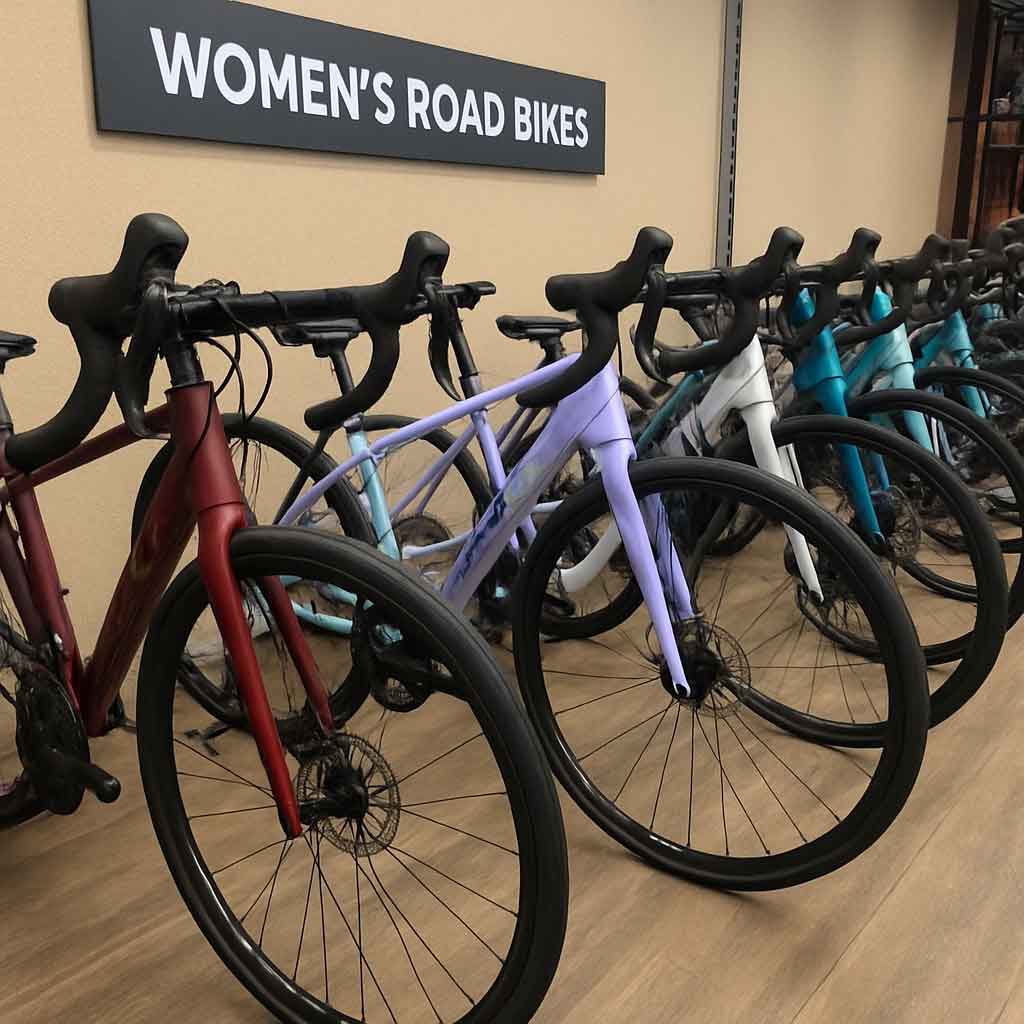
The first step to a successful road biking experience is choosing the right bike. Several factors determine what makes a good women's road bike for beginners, including size, style, and budget. A well-chosen bike will ensure comfort, efficiency, and enjoyment, setting the foundation for a lifelong passion for cycling.
Selecting the Correct Bike Size
Bike size is crucial for comfort and efficiency. Generally, a 48cm women's road bike is suitable for those with a height ranging from 4'10" to 5'2". It's essential to test ride different sizes to find the perfect fit. The right bike should allow you to stand over the frame with a slight bend in your knees while seated.
When selecting a bike size, consider both the height and inseam measurements to ensure a proper fit. An ill-fitting bike can lead to discomfort, strain, and even injury. Many bike shops offer professional fitting services that can adjust the bike to suit your unique body dimensions, enhancing your riding experience.
Types of Road Bikes for Women
There are various types of road bikes available, each catering to different needs. Ladies beginner road bikes are typically designed with lightweight frames and a more relaxed geometry for comfort during long rides. Consider the following types:
- Endurance Road Bikes: These bikes are built for comfort and long-distance rides, with a more upright seating position. They are perfect for those who prioritize comfort over speed, allowing for longer rides without excessive strain on the back and shoulders.
- Racing Bikes: If speed is your priority, women's racing bikes offer a more aggressive stance for aerodynamic efficiency. These bikes are designed for performance, with features that reduce weight and enhance speed, making them ideal for competitive cycling.
- Touring Bikes: Ideal for those planning multi-day rides, these bikes are equipped to carry gear and provide a stable ride. They offer durability and versatility, with options for mounting racks and panniers to carry all necessary supplies for extended journeys.
Budget Considerations
While it might be tempting to invest in the best road bike for a female beginner, it's wise to start with a more budget-friendly option. As your skills progress, you can upgrade to a more advanced model. Look for brands that offer quality entry-level bikes with good warranties.
When budgeting for a bike, consider the long-term investment and the potential need for upgrades or additional accessories. Research different brands and read reviews to find a bike that balances cost and quality. Remember, a more expensive bike isn't always better; focus on finding a bike that meets your needs and fits well within your budget.
Essential Road Biking Gear for Women
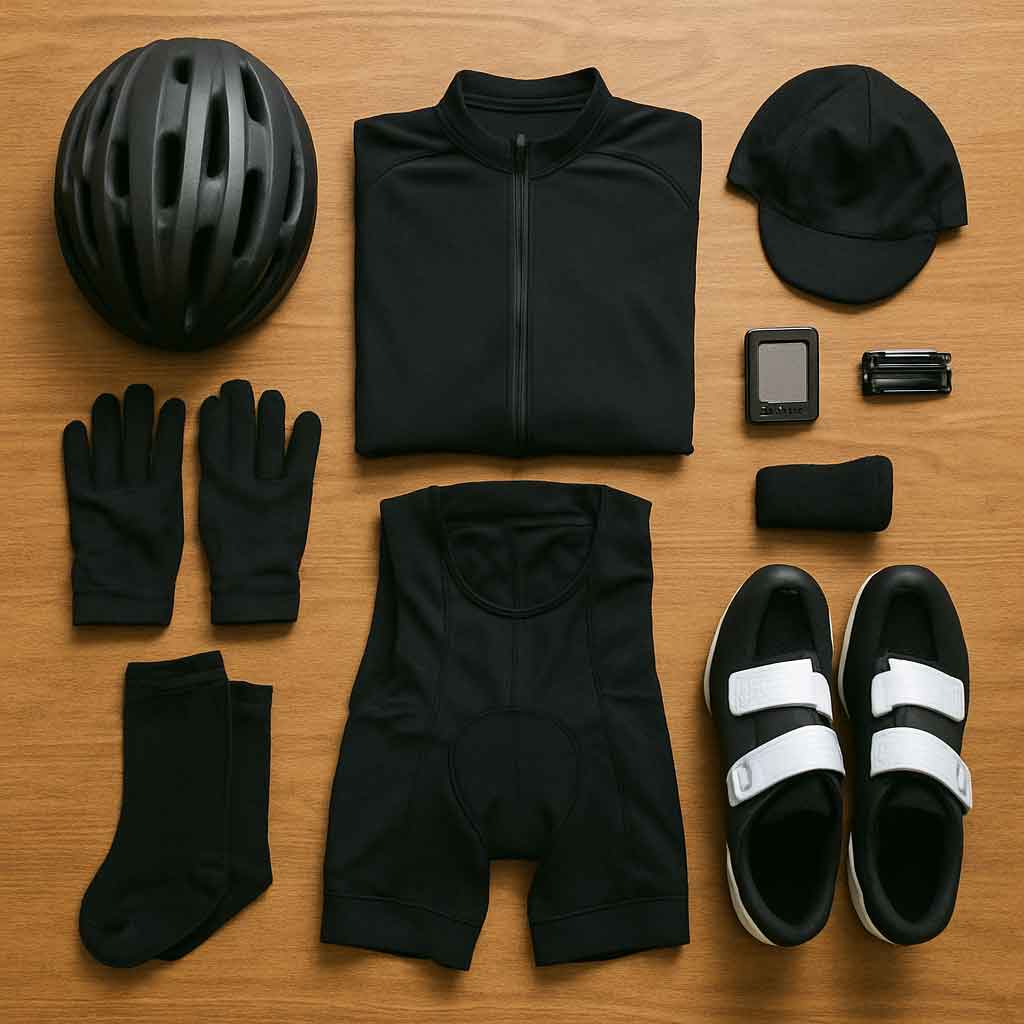
Investing in the right gear enhances safety and comfort on the road. Here are some essentials that will not only protect you but also improve your overall biking experience. Proper gear can make a significant difference in how you feel during and after your rides.
Helmet
A properly fitting helmet is non-negotiable for road biking safety. Look for helmets with adjustable straps and adequate ventilation. Some models offer added features like built-in MIPS (Multi-directional Impact Protection System) for enhanced protection.
Ensure your helmet is certified by recognized safety standards organizations. A well-ventilated helmet will keep you cool, while adjustable straps ensure a secure fit. Replace your helmet every few years or after any significant impact to ensure it continues to provide optimal protection.
Apparel
Opt for moisture-wicking cycling clothes to keep you comfortable during rides. Padded shorts or bibs are vital for reducing saddle soreness. Additionally, a cycling jersey with pockets can store small items like snacks or a phone.
Invest in layers to adapt to different weather conditions. A lightweight, windproof jacket can be indispensable in cooler climates. High-visibility apparel enhances safety, especially if you ride in low-light conditions. Prioritize comfort and functionality when selecting your cycling wardrobe.
Footwear
Cycling shoes improve pedaling efficiency and comfort. Consider shoes that are compatible with clipless pedals for better power transfer. Look for models designed specifically for women, offering a snug fit and adequate arch support.
The right footwear can prevent foot fatigue and ensure that you maintain a solid connection with the pedals. If clipless pedals seem daunting, start with regular athletic shoes and upgrade as you gain confidence. Remember, proper footwear contributes significantly to your overall riding experience.
Accessories
Other important accessories include:
- Gloves: Protects hands and enhances grip. They also reduce vibration and prevent numbness during long rides.
- Sunglasses: Shields eyes from glare and debris. Choose lenses that offer UV protection and reduce glare without distorting color.
- Water Bottle and Cage: Ensures hydration on the go. Staying hydrated is crucial, especially on long rides or hot days.
- Repair Kit: Contains essential tools for minor bike repairs. Being able to handle a flat tire or minor mechanical issue can save a ride from being cut short.
Basic Road Biking Skills and Safety Tips
Developing basic biking skills is essential for a safe and enjoyable experience. The more you practice, the more confident and skilled you'll become, making every ride more enjoyable and less stressful.
Mastering Bike Handling
Start by practicing in a safe, open area. Focus on:
- Mounting and Dismounting: Practice getting on and off your bike smoothly. Mastering these basic movements can prevent embarrassing or dangerous falls.
- Braking: Learn to brake gradually and evenly to maintain control. Sudden braking can cause skidding or loss of control, so practice gentle, steady pressure.
- Shifting Gears: Understand how to use gears to manage different terrains. Proper gear usage can conserve energy and improve your speed and efficiency.
Consider taking a beginner's cycling class to hone your skills. Such classes offer structured learning and feedback from experienced instructors. As you practice, gradually introduce more complex maneuvers, like tight turns and emergency stops, to build confidence.
Road Safety Practices
Riding safely on the road requires awareness and adherence to traffic rules:
- Signal Your Intentions: Use hand signals to indicate turns and stops. Clear communication can prevent accidents and ensure smooth interaction with other road users.
- Stay Visible: Wear bright clothing and use lights, especially in low-light conditions. High-visibility gear and reflective elements can dramatically increase your safety.
- Follow Traffic Rules: Obey all traffic signals and signs, just like any other vehicle on the road. Understanding and respecting traffic laws keeps you and others safe.
- Ride Defensively: Anticipate the actions of other road users and maintain a safe distance. Always be prepared for the unexpected, and stay alert to changing road conditions.
Practice situational awareness by regularly scanning your surroundings. This helps you respond quickly to potential hazards, like parked cars or erratic drivers. Always assume that other road users may not see you, and ride accordingly.
Group Riding Etiquette
Riding with others can be motivating and fun. Here are some etiquette tips:
- Communicate: Use verbal signals to alert others to hazards or stops. Clear communication fosters a safe, enjoyable group experience.
- Maintain a Steady Pace: Avoid sudden movements to prevent collisions. Consistency helps maintain group cohesion and prevents accidents.
- Be Considerate: Respect the pace and abilities of the group. Everyone rides at different levels, and being supportive can make group rides more enjoyable for all.
Joining a cycling club can offer structured group rides and a supportive community. Clubs often host rides for various skill levels, providing an excellent opportunity to learn and grow in a friendly environment. Participating in group rides can also introduce you to new routes and riding techniques.
Building Confidence and Endurance
As a beginner, building confidence and endurance takes time. Start with short, manageable rides and gradually increase your distance. Set achievable goals and celebrate your progress. Joining a local cycling club or group can offer support, motivation, and camaraderie.
Setting Goals
Create SMART goals (Specific, Measurable, Achievable, Relevant, Time-bound) to track your progress. For example, aim to ride 20 miles in one session by the end of the month, or participate in a local cycling event.
Establish both short-term and long-term goals. Short-term goals keep you motivated, while long-term goals provide a roadmap for your cycling journey. Regularly review and adjust your goals to reflect your growing skills and confidence.
Listening to Your Body
Pay attention to how your body responds to rides. Rest when needed and incorporate cross-training activities like yoga or swimming to improve overall fitness and flexibility.
Recognize the signs of fatigue or overtraining, such as persistent soreness or a lack of motivation. Rest days are essential for recovery and preventing burnout. Cross-training not only aids recovery but also enhances your overall fitness, making you a more resilient cyclist.
Celebrating Milestones
Acknowledge and celebrate your achievements, no matter how small. Whether it's completing your first long ride or conquering a challenging hill, each milestone is a testament to your dedication and growth.
Share your successes with friends or fellow cyclists. Celebrating together can strengthen bonds and inspire others. Consider keeping a cycling journal to document your journey, allowing you to reflect on how far you've come and what you've accomplished.
Conclusion
Embarking on a road biking journey as a woman is an empowering experience. With the right bike, essential gear, and basic skills, you'll be well-equipped to enjoy the freedom and fitness benefits of cycling. Remember to prioritize safety, build endurance gradually, and most importantly, have fun exploring the open road. Happy cycling!
Cycling offers a unique blend of physical activity, exploration, and connection with nature. Embrace the challenges and rewards that come with each ride, and you'll find that road biking is more than just a sport—it's a lifestyle. Enjoy the journey, and ride with confidence and joy.



